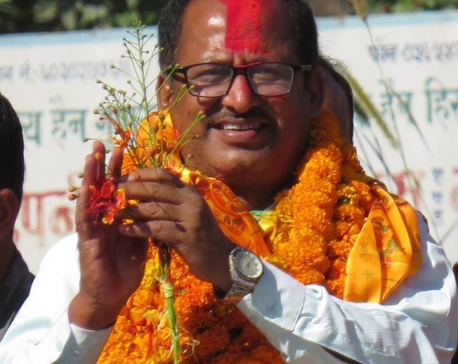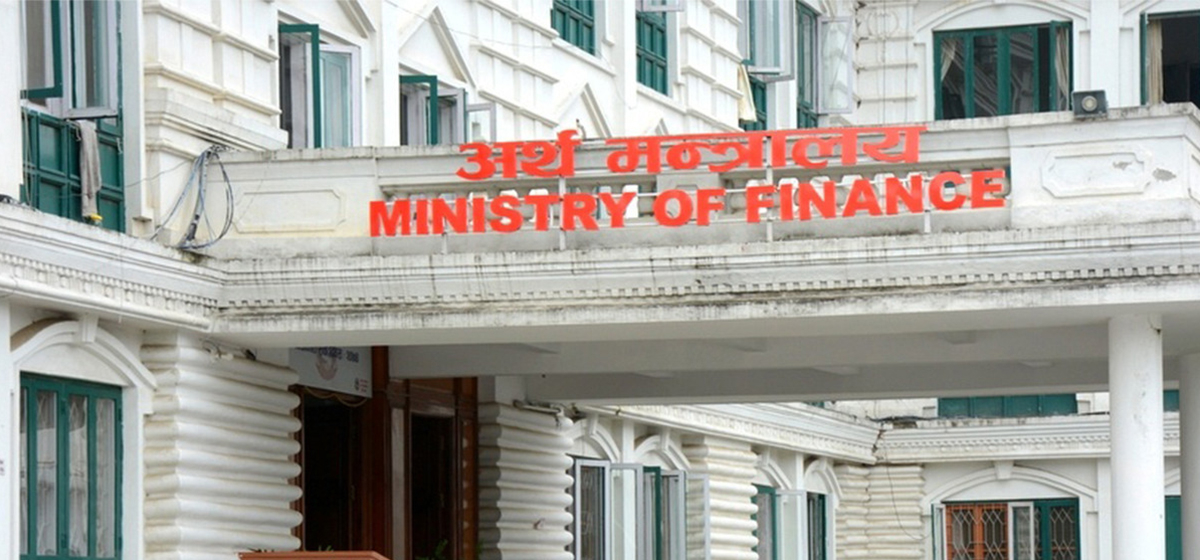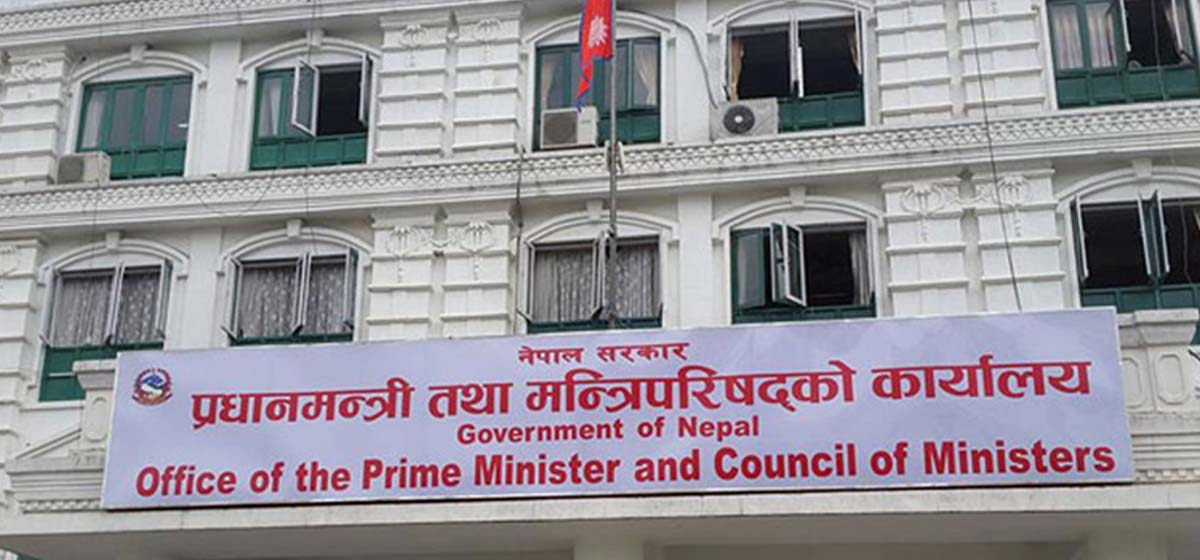
OR
Financial resource mobilization still more focused in capital city and adjoining districts: NRB report
Published On: November 2, 2021 07:20 AM NPT By: Republica | @RepublicaNepal

KATHMANDU, Nov 2: Nepal’s financial resource mobilization has largely centralized still in the Capital and adjoining districts while leaving a pork barrel amount for the remote districts despite the government’s target to promote financial inclusion across the country.
Nepal has entered into the federal governing system after the promulgation of a new constitution in 2015. With the implementation of fiscal federalism, allocation of financial resources across the province and local levels has been a key concern among policy makers and practitioners. This has, however, remained largely unrealized.
According to the report entitled ‘Financial Sector’s Resource Mobilization under Federal Structure of Nepal’ unveiled by Nepal Rastra Bank (NRB) on Monday, 68.1 percent of total deposit collection and 56.6 percent of the lending amount in fiscal year 2020/21 took place in Bagmati Province alone.
Of the total branches of the bank and financial institutions (BFIs), 34 percent are operating in Bagmati Province while it is only four percent in Karnali Province. However, the branches of microfinance institutions have been more dispersed even in remote districts, according to NRB.
Population per branch of BFIs including those of microfinance institutions is recorded at 2,945. The lowest number of population per branch is found in Gandaki Province with 1,907 while the highest number is found in Province 2 with 4,135 persons per branch. It shows that Province 2 still has a relatively low number of branches compared to other provinces.
The digital payment infrastructure and service use has significantly increased in recent years, which however is also largely concentrated in Bagmati Province. Out of 27,900 point of sales (POS) terminals operating across the country, about 71 percent are located in Bagmati Province alone.
You May Like This

Govt alerts provinces, local units on monsoon menace
KATHMANDU, June 19: In view of possible disasters during the monsoon, the government has directed the provincial, local governments and Nepal... Read More...

Left alliance seizes Chitwan provinces
Left alliance has made a victory in all six provinces of Chitwan. In Chitwan- 3 ‘A’, Krishna Bhurtel has won... Read More...







Just In
- Nepali journalists Sedhai and Kharel awarded second prize at Fetisov Journalism Awards for their exposé on worker exploitation in Qatar World Cup
- Devotees gather at Balaju Park for traditional ritual shower at Baisdhara (Photo Feature)
- PPMO blacklists 33 construction companies
- UK Parliament approves Rwanda deportation bill, ending weeks of legislative stalemate
- SC refuses to issue interim order in petition against Sudurpaschim province govt
- Kathmandu to host UNDP Asia Pacific regional meeting
- DoHM cautions of heat wave in West Terai and Madhesh regions for next five days
- Is former President Bhandari returning to active politics or poised for a graceful exit?











Leave A Comment